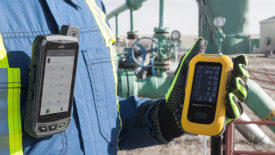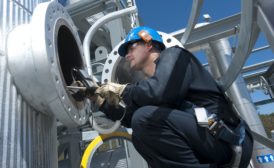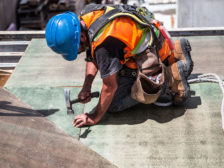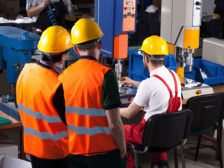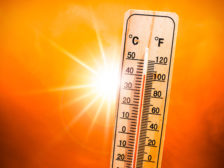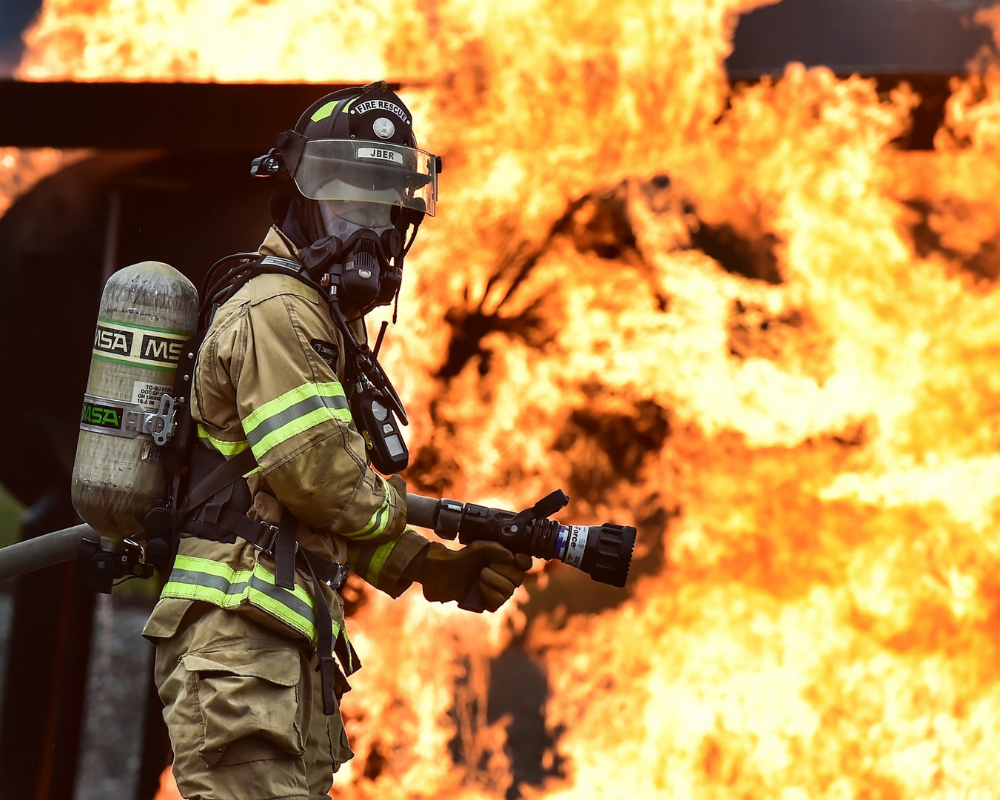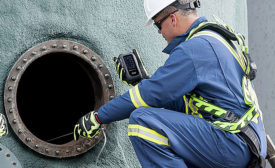Articles by Rick Pedley
Regular air quality tests of confined spaces identify new hazards
Enter at your own risk
March 22, 2021
Become a Leader in Safety Culture
Build your knowledge with ISHN, covering key safety, health and industrial hygiene news, products, and trends.
JOIN TODAYCopyright ©2025. All Rights Reserved BNP Media.
Design, CMS, Hosting & Web Development :: ePublishing
